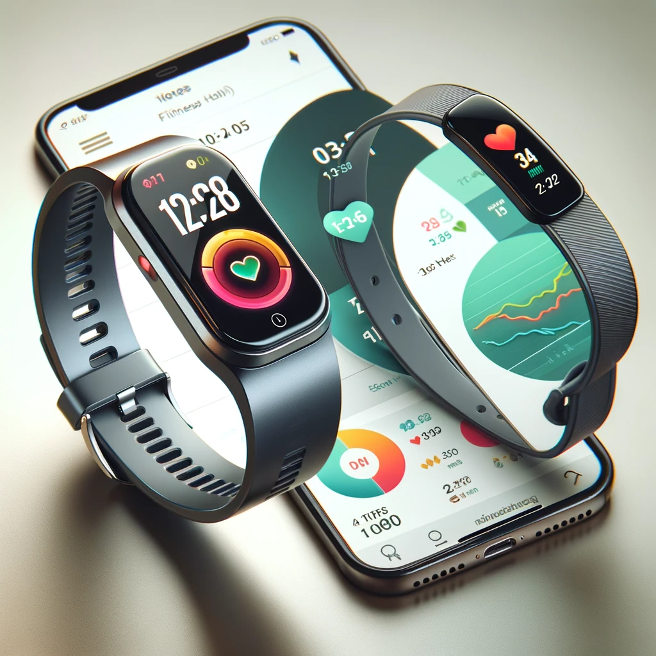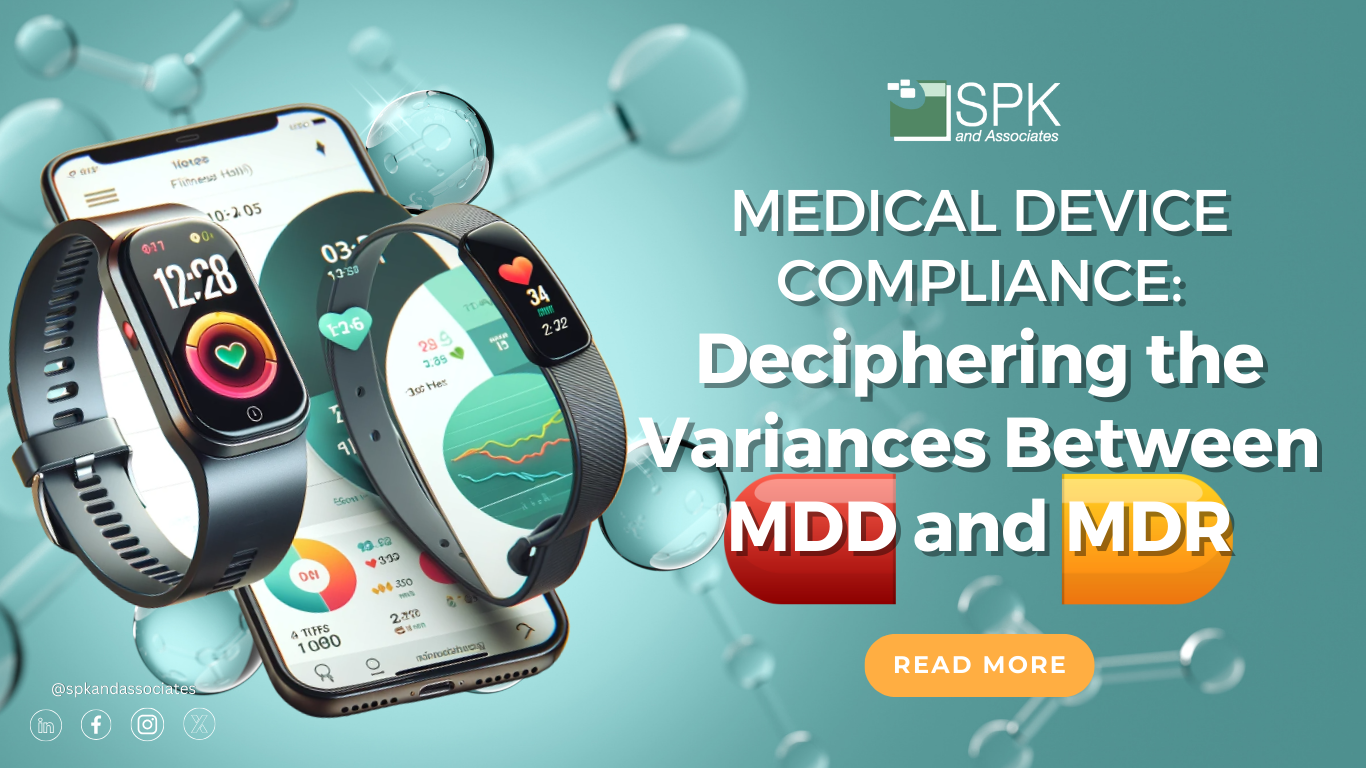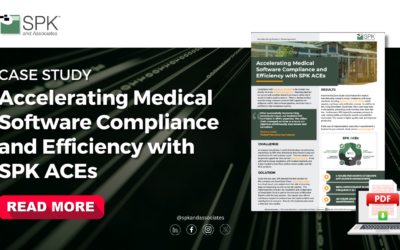Back in 1993, the concept of IoT, fitness tracking apps or computerized surgical equipment sounded like something of Star Trek. But in 2023, tech is everywhere – and our medical devices have evolved for the better due to this. However, with evolution, also comes the need for a reflection on the regulations put in place to protect patients and users. That’s why medical device companies seeking entry into the EU market are now required to comply with the revamped regulatory framework the Medical Device Regulation (MDR). This framework replaces the former Medical Device Directive (MDD). Plus, even if you were previously in alignment with the MDD, it’s important to examine the updated regulation. The reason is there is a clear difference between MDD and MDR. In this blog, we’ll dissect these differences and give a comprehensive view on how the updates impact medical device development.


MDD Origins and Limitations
Firstly, let’s kick off with the basics. The Medical Device Directive, was the go-to guide for medical device regulations in Europe, dating back to its enactment in 1993. It was guidance for companies crafting anything from pacemakers to tongue depressors. MDD aimed to:
- Streamline standards across European countries.
- Simplify trade.
- Ensure every device meets minimum safety benchmarks at the very least.
However, as time rolled on, it became clear the interpretation of MDD standards varied, creating a bit of a regulatory wild west. Basically, companies could pick and choose Notified Bodies that interpreted rules more favorably for their devices. Additionally, adverse event reporting across member states was inconsistent, leading to a messy scenario where one country might not have access to crucial safety information from another.
The Medical Device Regulation Evolution
Fast forward to 2020, and the industry witnessed the introduction of the Medical Device Regulation (MDR). This updated version aimed to address the shortcomings of MDD, bringing in a more standardized and strict set of rules. Furthermore, unlike MDD, MDR is a regulation, not just a directive. Essentially, there is no more room for interpretation by individual member states. Ultimately, this creates a more direct and uniform approach.
Beyond regulatory updates, MDR strategically addresses the changing healthcare landscape, responding to increasing life expectancy and technological advancements. It enforces stricter regulations across the entire product lifecycle, emphasizing transparency in medical equipment. Ultimately, MDR offers a clearer, standardized framework, acknowledging the evolving risks associated with medical devices.
The Difference Between MDD and MDR
The Key Difference Between MDD and MDR
1. New Safety Requirements
- Pre-market, manufacturers now need to submit more safety and performance data.
- The Medical Device Regulation introduces 23 General Safety and Performance Requirements (GSPRs), up from MDD’s 13 Essential Requirements (ERs). This includes specifics like requirements for devices containing human or animal tissues and disposal requirements.
- Post-market, manufacturers are now responsible for a comprehensive surveillance system, actively gathering and analyzing data on their devices throughout their lifetime.
2. Expanded Definition of Medical Devices
- MDR broadens the definition of what falls under “medical devices.”
- Contact lenses, surgically invasive products modifying anatomy, facial fillings, brain-stimulating equipment, and even products for conception control are now included.
3. New Medical Device Classifications
- The CE mark won’t grandfather your device into MDD requirements.
- MDR brings in new classifications and reclassifications. For example, medical software, once comfortably in Class I under MDD, might find itself in higher classifications under MDR.
- Spinal disk replacements move from Class IIb to Class III, and there’s a new classification for reusable invasive surgical instruments.
Challenges and Opportunities for Manufacturers
As a medical device manufacturer, adapting to MDR won’t be a walk in the park. The logistical and financial hurdles are real. Plus all devices with a CE mark need to meet MDR guidelines. So, while devices with a valid MDD certificate stay valid for five years, there are specific MDR requirements that have been required to be met since 2021. Additionally, reclassifications add complexity, especially for devices like spinal disk replacements and implantable devices.
Using an eQMS specifically designed for medical device manufacturers can support you to achieve compliance. For example, Greenlight Guru’s Clinical is the exclusive Electronic Data Capture (EDC) platform tailored for MedTech manufacturers. Additionally, it aligns seamlessly with the industry’s future and regulatory landscape. With this platform, users gain access to:
- A pre-validated toolbox for Post-Market Clinical Follow-Up (PMCF).
- Post-Market Performance Follow-Up (PMPF).
- Clinical Investigations.
- Clinical Performance Studies.
Additionally, Greenlight Guru provides the sole Quality Management Software crafted by medical device professionals for medical device manufacturers. This comprehensive solution adheres to the latest industry standards, regulations, and best practices, ensuring a great toolset.

Check out these top 10 reasons to use Greenlight Guru for your medical device development.
Need Support Complying With The Medical Device Regulation?
The shift from MDD to MDR is about ensuring the medical devices we use meet baseline safety standards and adapt to new technology and demographics.
Understanding the difference between MDD and MDR is a learning curve, but help isn’t far away. So, whether you’re lacking the in-house resource power, or need an expert eye over your compliance, our team can help. Contact us here for a no-obligation discussion.






